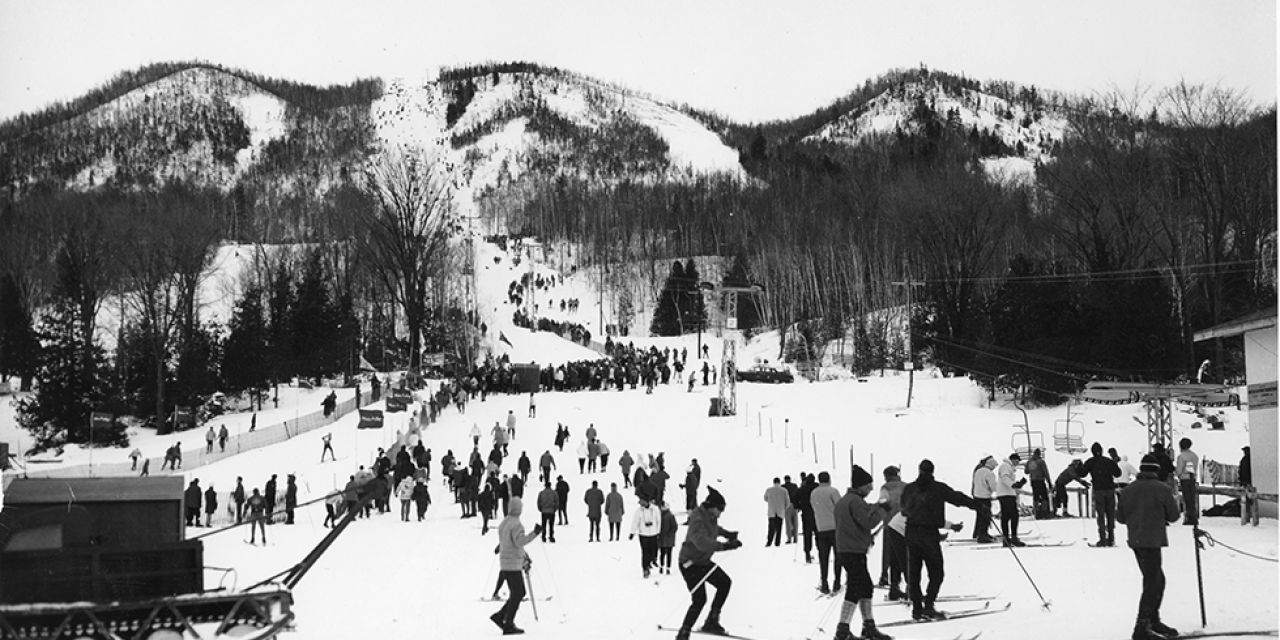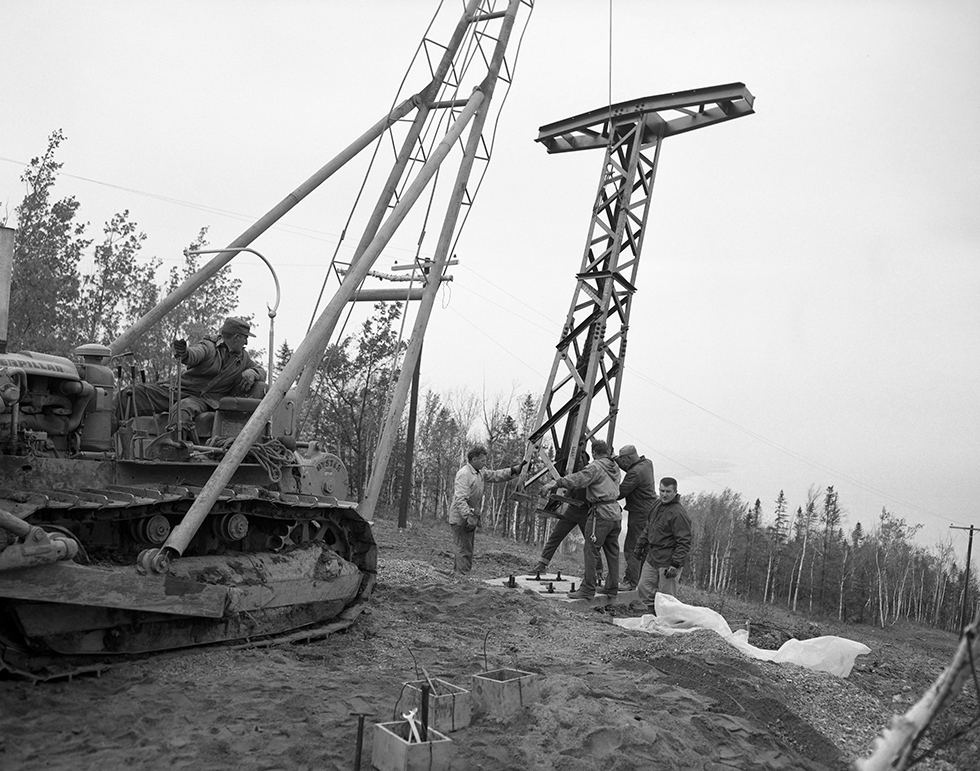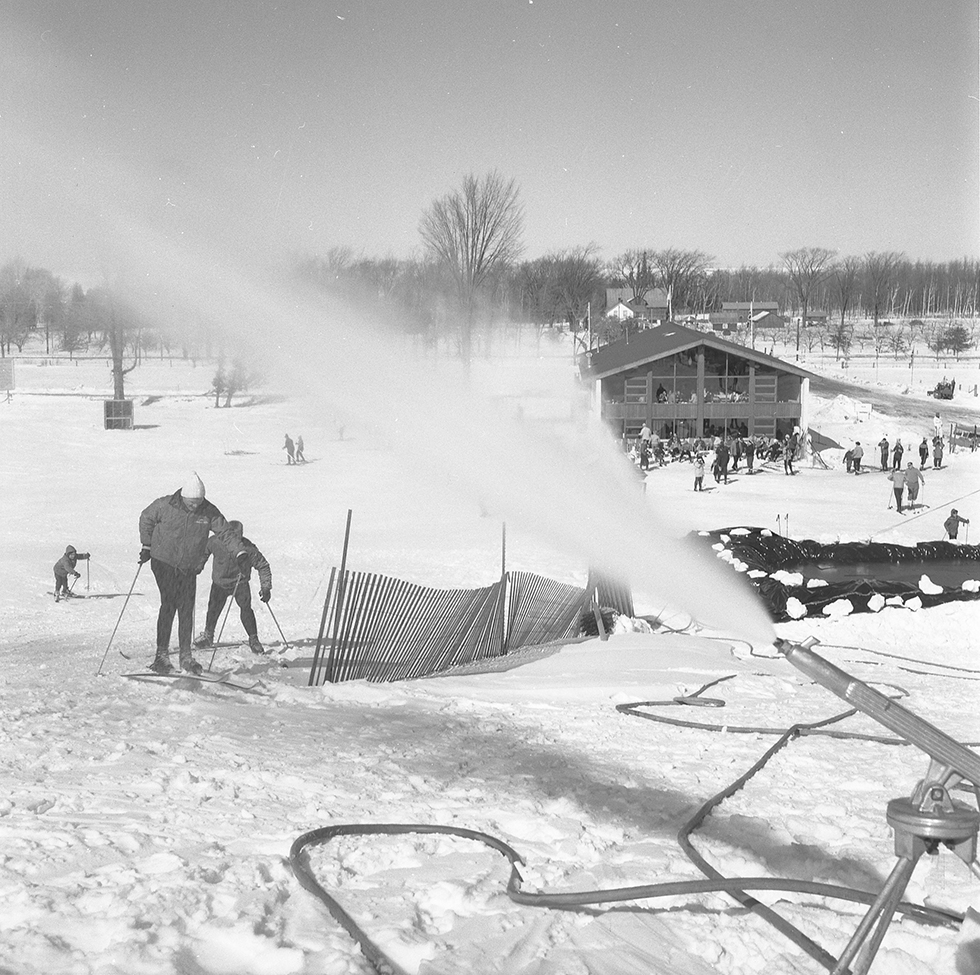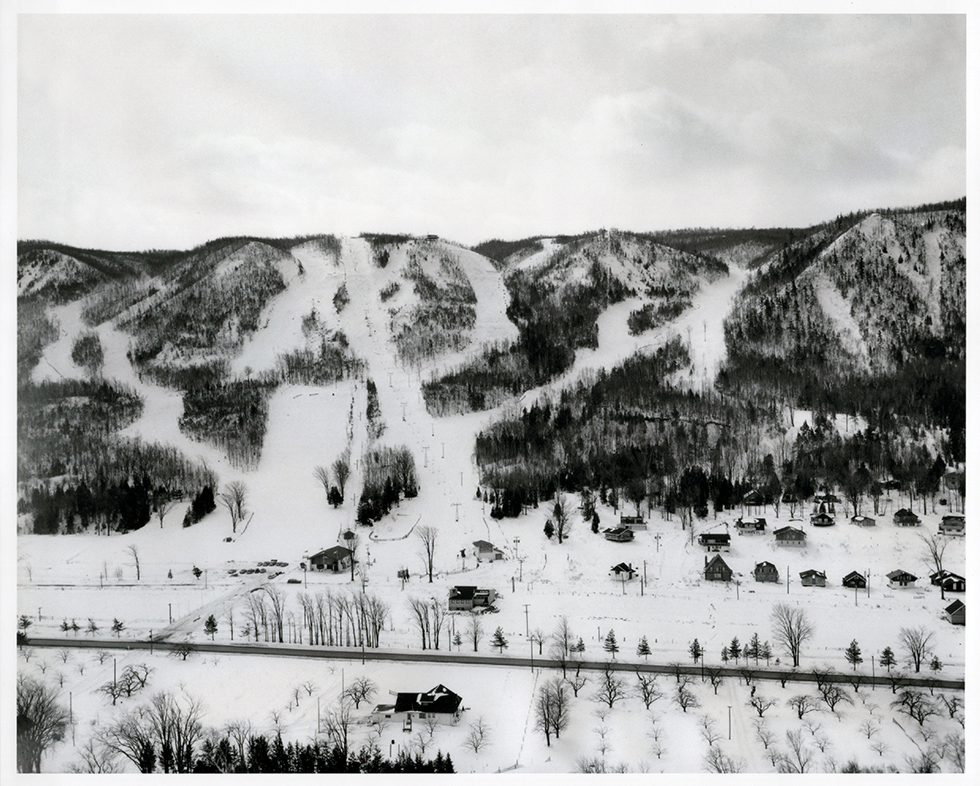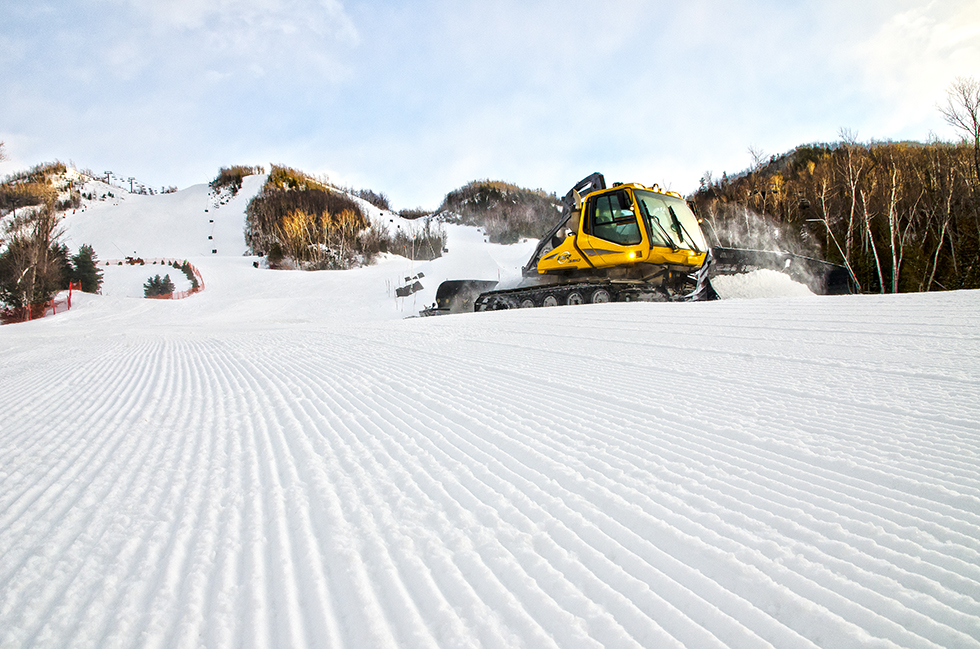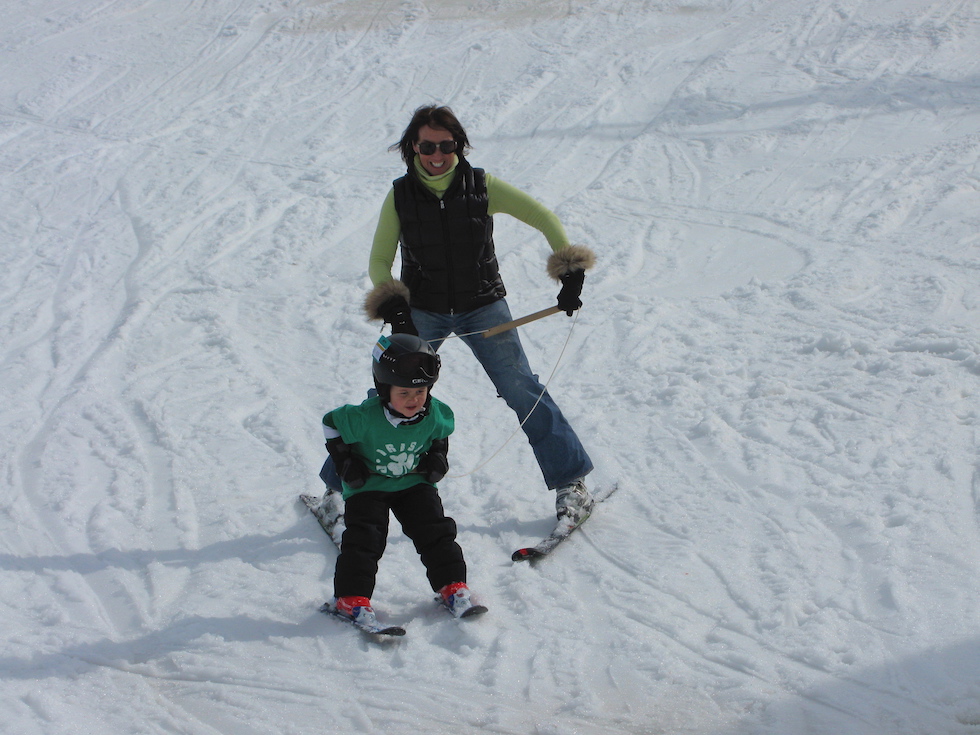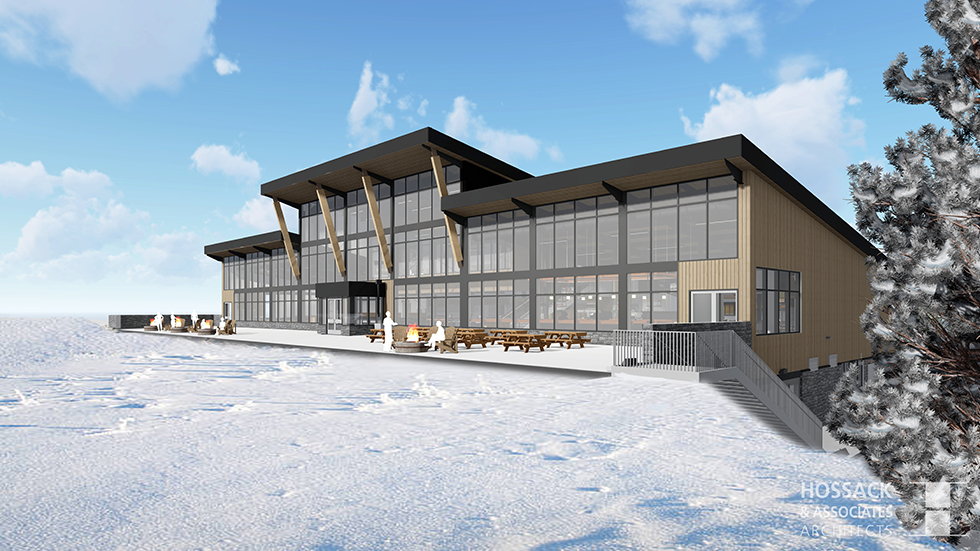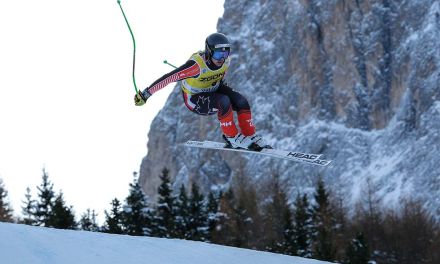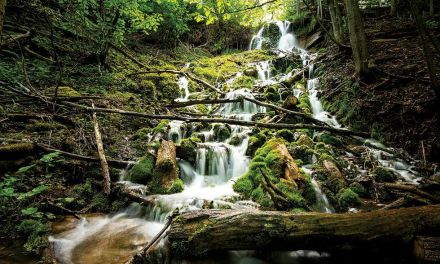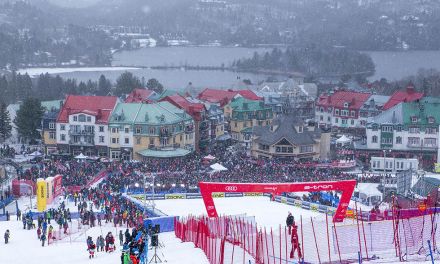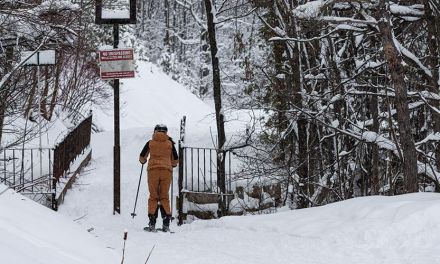Article by Elizabeth Rush Brooks
On February 26th, 1961, exactly 82 days after its opening, the Georgian Peaks Club hosted the Bee Hive Giant Slalom—the first professional GS race in Canada. The snow had all but melted in the weeks leading up to the event and from that initial February thaw, the “work hard, play hard” legacy of the Peaks took shape. Members of the new and unseasoned ski club flocked to the hill to help transfer snow from the woods onto the ski run. With brilliant sunshine, and 9,000 spectators the event was a smashing success, attracting elite racers like Stein Eriksen, Othmar Schneider, Ernie McCulloch and Anderl Molterer. That day cemented the Peaks philosophy that continues to permeate the club; “Life Peaks Here.”
Austro-Hungarian immigrant, Jozo Weider and his business partner Peter Campbell were the first to recognize the potential on the rugged Niagara Escarpment that is notoriously assaulted by wind, rain and lake-effect snow from Georgian Bay. As a result of their vision, Blue Mountain opened to the public in 1941 and 15 years later several notable ski trailblazers followed; Bill Kingsmill and Struan Robertson, founders of Osler Bluff Ski Club in 1949; Doug Bowie who established Craigleith Ski Club in 1958; and Hans Kent who led his travelling members of the Alpine Ski Club to their permanent home in 1960.
Further west, in search of the highest, steepest and most challenging section of the Escarpment, Ian “Buck” Rogers, fell in love with 86 skiable acres that went as high as 820 feet. With a pioneering spirit Buck Rogers, his mentor Ross Wilson and their General Manager, Bill Whalen oversaw construction of the new club in 1959 and opened December 1st, 1960. Necessity was the demanding mother of invention. If what they needed didn’t yet exist, Rogers, Wilson and Whalen built it. Ingenuity and innovation led to the installation of a 3,000-foot chairlift engineered in England and imported and installed on Rogers Run.
In their second year of operation Georgian Peaks implemented a snowmaking system—the first club on the Escarpment to do so. A few committed members formed The Great Lakes Water Company in order to ensure they had earmarked enough water to make snow. The filtration system was rudimentary, resulting in snow that was often brown and comprised of sludge, but when the rest of the Escarpment was bare, skiers could be found on the Peaks’ Bay Street run.
Each year of the Peaks’ history has highlighted an addition, development, and/or change to the physical plant and snowmaking process. Trails were cut, lodges built, and more lifts erected. The club itself went through a myriad of ownership styles until the commitment of its steadfast members bought it back from Blue Mountain in 1987. Along with improving infrastructure, a legacy of friendship and camaraderie, occasionally tinged with healthy doses of competition, strengthened the heart of the club. Nowhere is this more evident than the annual ‘Lively Cup’ season ending party—a distant cousin to the distinctly more serious competition that originated at Blue Mountain. When Bill Lively brought this ski race (and the coveted potty-topped trophy) to the Peaks in 1965, one of the teams arrived dressed identically in onesies. Thus, the sillier yet equally as competitive Peaks’ version of the Lively Cup was born. Now one of the most popular days for annual membership conversion, the actual ski race portion of the day has been dropped and the club has fully embraced a fete of costumes, dancing and laughter.
Frivolity aside, the Peaks is perhaps best known for its unparalleled production of champion ski racers, and boasts the only FIS homologated Giant Slalom run in Ontario. Olympians and National Team alumni include Larisa Yurkiw, Edi Podivinsky, Karen Stemmle, Brian Stemmle, Todd Brooker, John Mealey, Judy Crawford Rawley, Greg Grossman, Tyler Nella, Erin Mielzynski, Ali Nullmeyer, Liisa Savijarvi, Jim Kirby, Angela Gougeon, Graham Smith, Jack Crawford and Candace Crawford. The Peaks is equally proud of Mark Kinoshita, a member of the Canadian Telemark Team and National Snowboard Team members Michael Lambert, Trevor Niblett, Calynn Irwin and Mike Ciccarelli.
The grandfathers of the Escarpment ski clubs pursued their passions and changed the face of skiing in Ontario. Six decades later, environmental factors such as climate change along with the changing needs of families have determinedly demanded that the Escarpment clubs offer a new kind of winter weekend and the Peaks continues to be ahead of the curve. “Project Snow” is an $8.2 million initiative that has resulted in the installation of a state-of-the-art snowmaking system. The Peaks is now home to the only Snomax injector in North America and has increased snowmaking production by 25%, pumping 2300 US gallons of water per minute. Automation can be accessed off-site and data is collected and analyzed every 15 minutes to ensure the guns are blowing at capacity and the runs are being covered with greater speed and accuracy. With such a proud international legacy, it is evident that the hill is in excellent shape.
Today, the smallest members ski down Bay Street between the legs of parents and grandparents and founding members in their 80s and 90s still get a thrill for at least one run a year. Randonee skiers, snowshoers and hikers ascend the myriad choices of trails alongside the Champlain run, up towards the Bruce trail. Racers of all ages train gates, and freestylers practice maneuvers on the airbag or at one of the two terrain parks, while members and their guests schuss towards one high speed quad (Champlain), two fixed quads (Rogers & Minute), one fixed double (Bay St), and a platter lift (Riot).
At the end of another great day, the lodge heats up with the music of après bands—charcuterie boards are spread out along the tables accompanied by glasses of wine, cold beer and warm friendships. The Bay Street bar has been so popular and renowned on the Escarpment that it confidently professes Georgian Peaks to be a bar with a ski hill, rather than a ski hill with a bar. While the grown-ups are engaged in rehashing the day, children play in the snow, at the kids’ club programmes or in the daycares. On sunny days, the action moves outdoors, picnic tables become impromptu dance floors, and the thunderous sounds of stomping ski boots echo out to the school busesin the parking lot, patiently waiting to safely transport the après troops home. Each year new members are welcomed in to the club with colour-coded badges so that members can identify and introduce themselves, answer questions and excitedly explain how much Peaks members love to dress up in costume for almost any event.
New membership is the lifeblood of private ski clubs and there is competition along the Escarpment in attracting these new families. This year, under “Project Legacy”, Georgian Peaks is increasing commitment to its members with a new clubhouse build that promises to offer the intimacy that fosters the tight-knit friendships that founded the club while accommodating the needs and interests of the membership. The contemporary design and modern technologies enhance the breathtaking views of both the Escarpment and Georgian Bay. Accessibility and the effective costs of running the lodge are key components of the design. The new lodge will recreate the infamous Bay Street Bar and requisite dancing ledges and will be available for year-round special events and weddings—there is also the potential for year-round daycare and fitness club. The first floor of the lodge will provide spacious, accessible lockers and multi-purpose rooms for yoga and socials.

While some clubs finance their building and expansions with membership drives, the Peaks, ever cognizant that its people are its true legacy, has managed to do all of this without raising its intimate master member cap of 750, although there is still room for new families.
Project Legacy echoes the pioneering spirit of Buck Rogers and the founding members who had the foresight to create something special for their children and grandchildren to enjoy. Some of these legends have even committed funds to the building of this lodge. This past September, a bench was erected at the top of Thunder, the steepest run at the Peaks. It is a monument to early member Robert Kirby, who volunteered at the First Annual Bee Hive Race. Bobby’s wife Joyce, their three children and five grandchildren continue to be active members of the Peaks. Bobby’s bench has a plaque which reads, “Take a moment. Sit and look out at the spectacular view and then rip it down the steepest hill on the Escarpment.” It’s a special privilege to look back on the legacy of the founders with gratitude and forward with wonder and excitement.|E|

